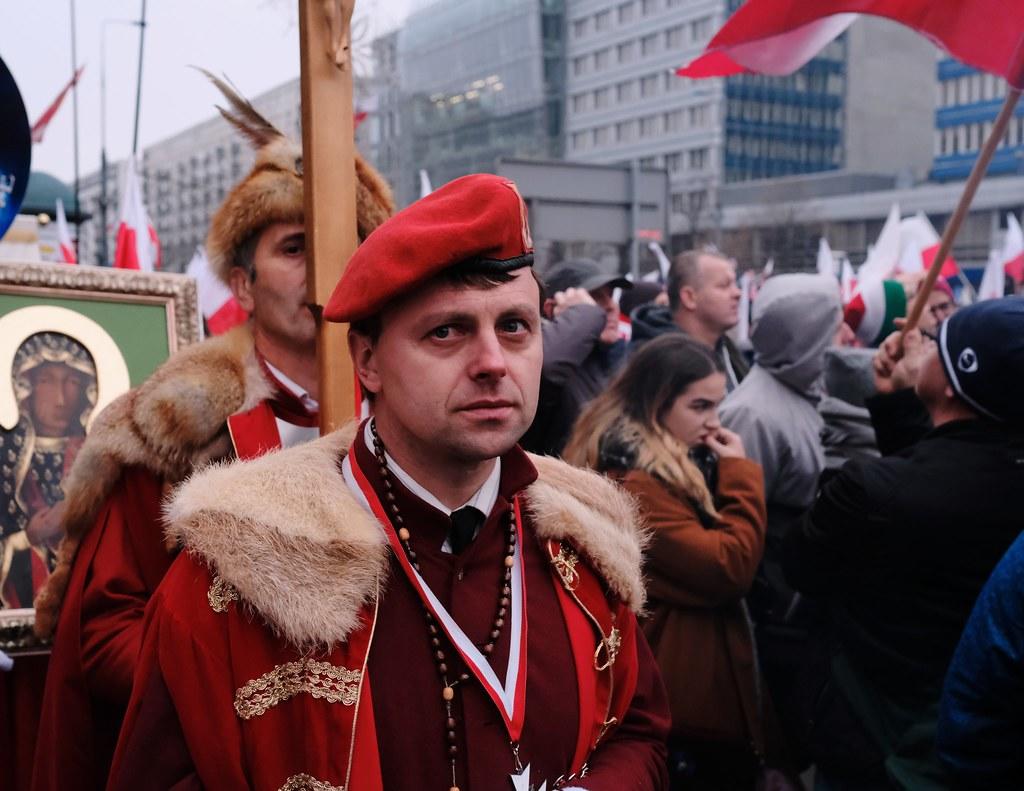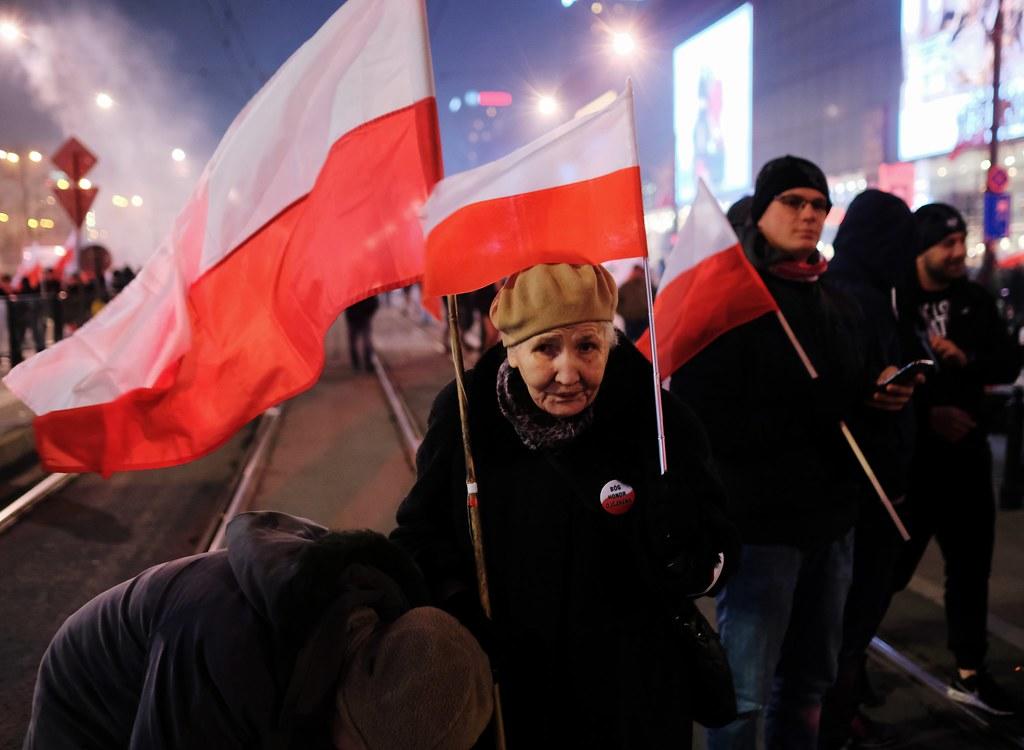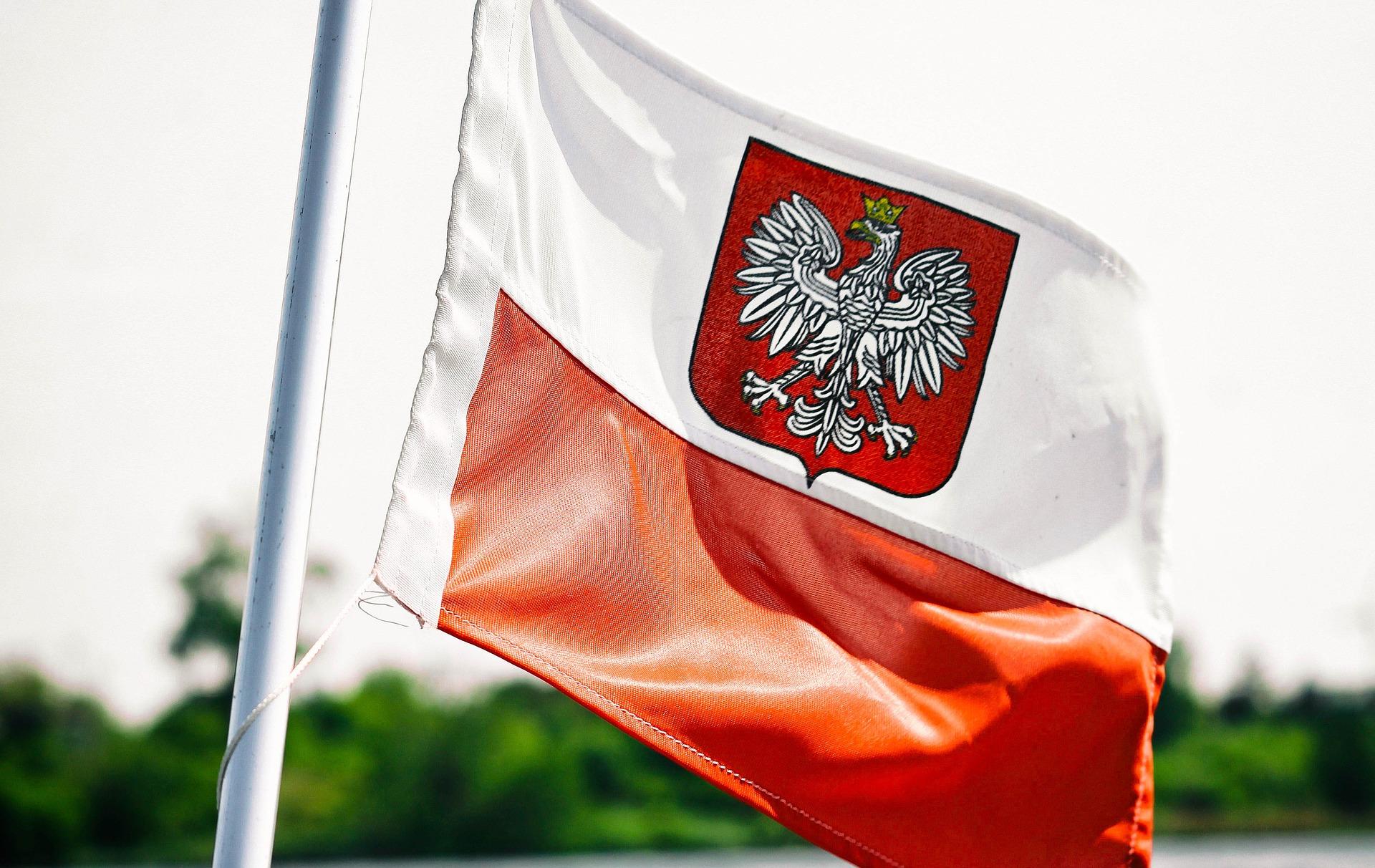When a massive wave of Polish American immigration came to the United States in the early 1990s, they were escaping from a life of hard labor and poverty.
Once the Soviet Union collapsed, Poles seized the first chance to leave and come to the US. However, Polish history in America is far older.
Indeed, the initial dismissive attitude towards Polish culture would lead them to the forefront of the working-class community.
Today, the community proudly upholds its humble origins and has molded itself into the fabric of American society.
Poland, which is the 7th largest country in Europe, spans an area larger than the state of Nevada. Situated in Eastern Europe, Poland is known as the land of diverse landscapes.
Baltic beaches, coastal swamps, sand dunes, and Carpathians mountains; you will find it all in that beautiful country.
So when the Polish came to America, the bustling city life of Industrial America confused them.
It reinforced the community’s desire to settle away from the unfamiliarity that came with American life. However, it also compelled them to preserve their Polish heritage.
This aspect of their history is quite similar to that of German Americans.

However, once the Polish families settled, they were thought of as Eastern European foreigners with little desire to become a part of the new world.
But this all changed after World War II. The trauma of that war forever changed how Polish Americans saw themselves. Consequently, they became more involved with American culture.

Four Waves Of Polish Immigration
Polish immigrants have been coming to America searching for a better economic life ever since the new world was first settled. If you read up on Italian American history month, you will find the same to be true.
To date, there have been four distinct immigration waves from Poland to the United States.
The smallest and the first immigrants arrived on US shores between 1800-1860 due to political turmoil in continental Europe.
Poland was partitioned, so political revolutionists, revolutionists, and everyday citizens fled their national homeland’s dissolution.
The second wave turned out to be much more significant, occurring between 1860 and WWI. Immigrants of this time came to the land of the free looking for a better economic life.
They mainly were rural class. As a result, they were given the monicker za chleben (for bread) emigrants.
The third wave started after WWI’s end till the Fall of the Berlin Wall.
Once again, due to the Cold War’s dynamics and an autocratic regime at home, most immigrants at this time were political refugees and dissidents.
The fourth wave is unlike the others. Ever since the Soviet Union collapsed and Poland established its democratic reforms, there has been a wave of somewhat temporary immigrants.
They arrive on tourist visas but find work and continue to stay in the US either illegally or legally.
First Immigration Wave
The first wave primarily comprised lesser nobility and intellectuals.
The partition of Poland was a significant reason for political dissidents fleeing to the new world, but it was not the only factor.
Insurrections in 1860 and 1863 also drove political dissidents to flee their homeland.
Most of them fled to Geneva, Paris, and London. Nevertheless, Chicago and New York also saw their fair share of refugees, with many arriving on shops to US harbors on the East Coast.
Throughout most of its history, a political entity named Poland did not exist. Consequently, poles outside of their homeland did not have the protection of a national government and its diplomatic measures.
This automatically made international travel and settling in another country legally challenging.
Another common thing with Poles, more so than other immigrant groups, was their frequent travel between their home country and the host country.
In fact, poles are the only immigrant group who saved money and returned to Poland in higher numbers. Nevertheless, this constant back and forth made it harder for them to settle in the US.
Statistics on immigration from that period are always sketchy. Nevertheless, the existing numbers show that less than 2000 Poles came to the US between 1800-1860 during this first wave.

Second Immigration Wave
The second immigrant wave started in 1854 when around 800 Polish Catholics from Silesia founded the Panna Maria farming colony in Texas.
This was a symbolic moment for Polish American history. For a start, it opened immigration flood gates.
These new arrivals clustered in towns and industrial cities located in the Middle and Midwest Atlantic States, such as Cleveland, New York, Pittsburgh, Minneapolis, St. Louis, Milwaukee, Buffalo, and Chicago.
After moving into tenements in these large metropolitan areas, they became miners, steelworkers, meatpackers, and later autoworkers.
Unsurprisingly, a large contingent of Polish Americans still resides there. They played a significant role in the development and growth of the US labor movement, creating a lasting legacy.
Indeed, much of America owes Polish Americans a debt of gratitude for compelling the government to pass laws protecting labor rights.
Immigration data on this period is also imprecise, especially during 1890 – the decade with the highest immigration.
Still, historians have attempted to calculate the figure. Estimates conclude that between the mid-19th century and WWI, around 2.5 million Poles arrived in the US.
You can further dissect this wave into two back-to-back movements from the partitioned country’s various regions.
The first to arrive were the German Poles, who were skilled craftsmen and better educated than the Austrian and Russian Poles.
In the second half of the 19th century, overpopulation, industrial farming in Prussia, and high birth rates compelled the German Poles to move towards a new country. These factors forced farmers off their land, leaving them no choice but to migrate.
The German policy of containing the Catholic Church’s power also had a significant role in this mass exodus. More than half a million arrived in the US during this time, with these figures only dwindling by the century’s end.
But just as we saw a decrease in German Polish immigration to the US, Austrian and Russian Poles’ immigration started.
Again, industrial farming and overpopulation were key contributors to this wave of immigration.
Interestingly, the enthusiastic letters sent home by new arrivals to their loved ones and relatives back in Poland fueled this movement.
But perhaps the most intriguing of these refugees were the young men fleeing military enlistment during the build-up years just before the onset of WWI.
Not only that but journeying to America had also become easier, with shipping lines like Hamburg-American Line and the North German Line booking point-to-point passage.
This united the transatlantic and overland passage to simplify border crossings for poor Poles in inland towns and villages.
These Austrian or Galician Poles totaled around 800,000. In addition, Russian Poles brought another 800,000 immigrants to the land of the free.
Although around 30% of Russian and Galician Poles who arrived between 1906-1914 returned to their homelands, most have now embedded themselves into US society.
Third Immigration Wave
With a single ethnic group arriving on US shores in droves, it was only a matter of time that it would spark friction with the already ‘established’ citizens.
Sure enough, during the last half of the 19th century, Polish American history witnessed the most hostility and intolerance towards migrants from eastern parts of Europe.
On top of this, the Poles had strong Catholic roots, contributing to this friction, leading Polish Americans or the Polonia to form tighter bonds with each other.
These intra-communal networks relied not only on ethnic cohesiveness for moral support but also on financial support.
Polish religious, national, and fraternal organizations like the Polish Union, the Polish Roman Catholic Union, The Polish National Alliance, and the Polish American Congress have maintained a Polish identity for migrants.
Additionally, they also help secure home loans and insurance to assist new arrivals with standing on their own feet.
Fortunately, this friction decreased with time as Poles integrated into America and were supplanted by new immigration waves from other countries.
Nevertheless, Polish Americans continued to maintain their strong ethnic identity until the late 20th century.

When WWI ended and an independent Polish state was re-established, many believed the endless waves of Polish immigrants would return to their homeland.
However, this mass migration never came to fruition, even though we did see a drop in the number of immigrants coming to the US.
Fourth Immigration Wave
The fourth wave of Polish immigrants are arriving at airports right now. It consists chiefly of young people that grew under communism and want a better lifestyle and economic opportunities.
This time around, they are not coming in large numbers, relative to the past, because of the immigration quotas.
Nevertheless, the new wave of post-Cold War Polish immigrants continues to write new pages of Polish American history.
Polish American History Month
Everyone in America celebrates Polish American History month in October, but it was not always the case. Polish American Heritage Month was first recognized by Congress in 1981.
Later, it was also adjusted to commemorate initial Polish settlers and the deaths of General Tadeusz Kościuszko and Kazimierz Pułaski, military leaders that fought in the American Revolution.
This switch permitted schools across the US to participate in the celebration as well. So it does not matter if you are Polish American; it is crucial to mark people’s culture that helped shape our country.
Irish American history month is in March, which seems to be quite fitting as that is when Saint Patty’s day takes place.
If you want to understand Irish American history, Polish American history, Italian American history, or American English history, why not go to Superprof and connect with hundreds of history tutors.
Whether you want to learn about colonization or Italian American food history, Superprof can help you out!
Search for ‘history tutors near me’ on Superprof and find the ideal tutor for you, personalized for your skills, schedule, certification, and cost.















